Keep Up to Date with MDG
MDG News and Updates
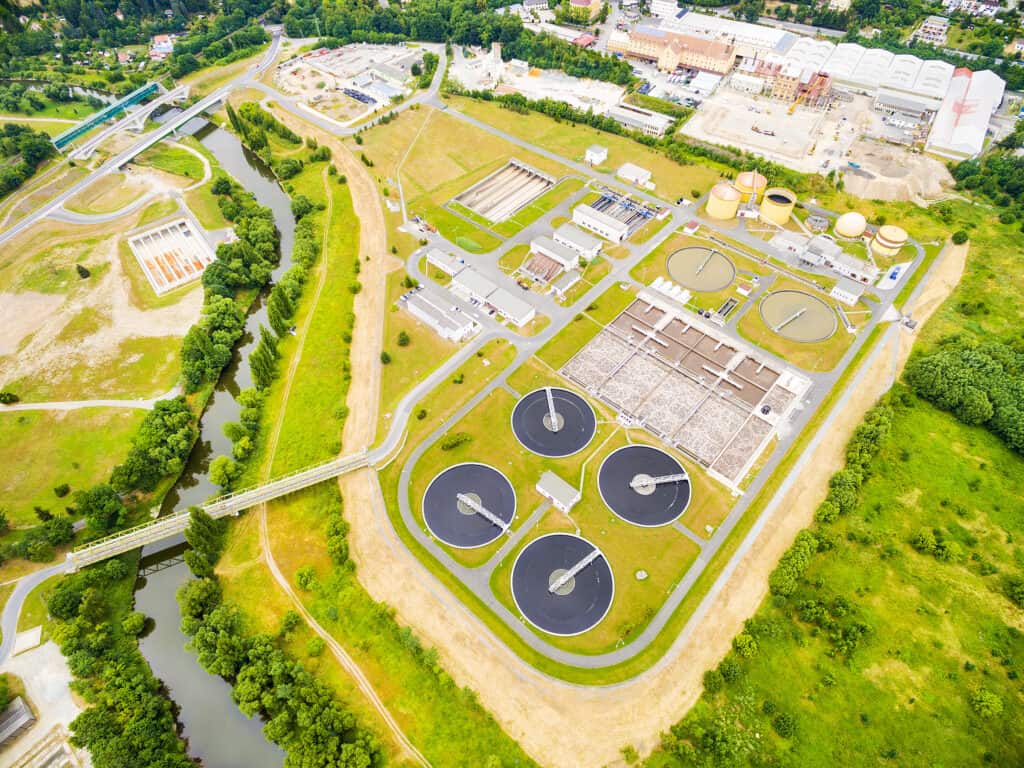
What is bioaugmentation?
At MDG, we continue to discover all the possibilities to treat wastewater with Bacillus. Through years of research and development, we’ve found that bioaugmentation is the answer for wastewater treatment. Bioaugmentation is the process of adding scientifically selected organisms to a microbial community to enhance that community. The term bioaugmentation is often used to describe biological processes in wastewater treatment when using Bacillus products. We work directly with distributors in the wastewater treatment market to deliver ready-to-use solutions on a global scale. Why are bioaugmentation products used? Not every species and strain of bacteria are good at everything. Bioaugmentation products are used when you want to improve an aspect of an environment biologically (i.e., eliminate foul odors, digest wastewater sludge, etc.). While the existing community of bacteria are good at certain things, when we introduce specific strains that are better than others, we can make the entire population more efficient. For example, in wastewater treatment, while the existing community may be good at breaking down specific substrates, the addition of Bacillus increases the ability to break down compounds with enzymes. This process allows the whole community to digest more efficiently. Bacillus has been shown to significantly reduce fats, oils, grease (FOG), sludge, odors, carbon oxygen […]
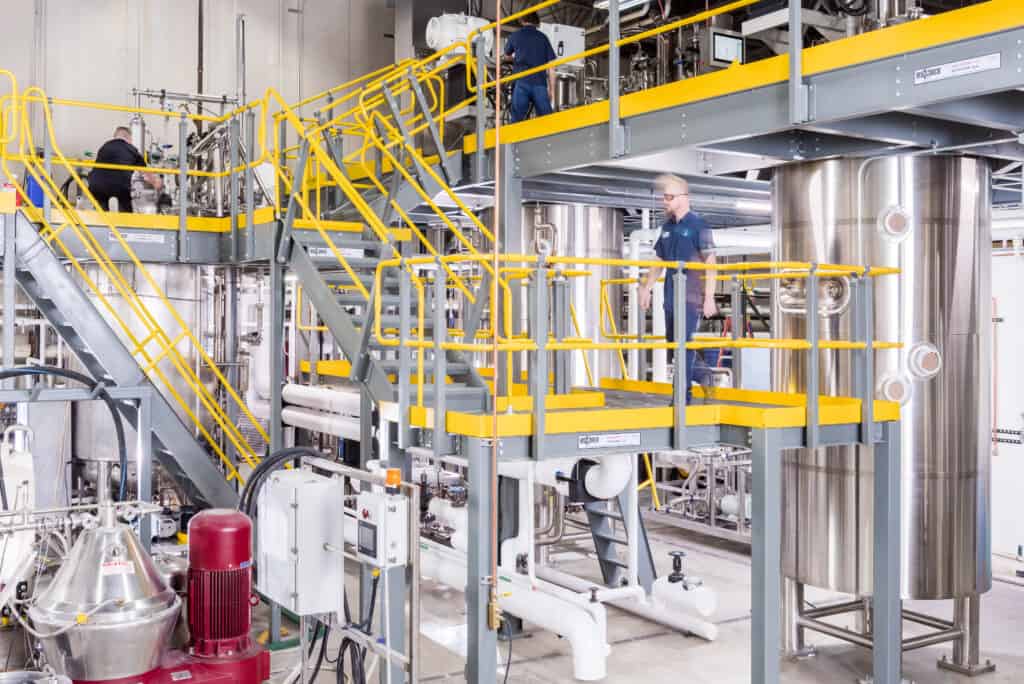
50+ Strains: Why We Supply
Part of what is driving Microbial Discovery Group’s (MDG) current expansion is our desire to produce 50+ strains. Why do we want to be a Bacillus company that produces 50+ strains? Essentially, to offer the best service and products for our customers. Below are the three main reasons why our drive to produce 50+ strains is fueling our expansion. MDG’s belief in multi-strain product offerings The current Bacillus strain renaissance Competitive advantage MDG’s belief in multi-strain product offerings At MDG, we like adding multiple strains to our products. With the vast array of strains in our library, it is difficult to only put one or two of them in our wastewater, bioremediation, janitorial, sanitation, or landfill products. We like making 6-7 strain products, with each strain being complementary to the other rather than copies of one another. We do this to ensure the success of our products. For example, when these strains hit a wastewater lagoon, who knows what substrates, temperatures, oxygen, and pH conditions they will find. You must be prepared with a broad and complementary team of strains. Because of this, we need the ability to grow a lot of different strains. The expansion was necessary to ensure our ability to […]
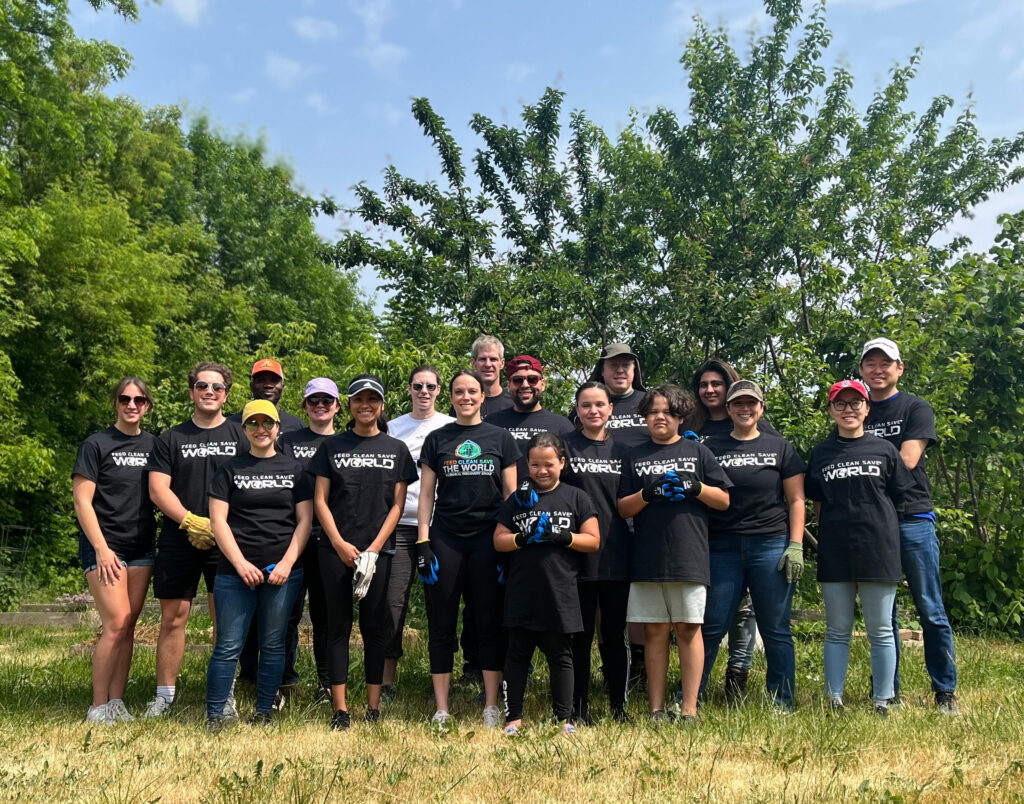
Making a Difference: Volunteering to Improve Our Community
We believe that everyone can make a difference, but only through action. MDG recognizes the need for sustainable solutions to the world’s largest problems: Lack of accessible food Limited access to clean water, and Poor sanitation and disease These issues compel us every day to work towards our vision to FEED, CLEAN, and SAVE THE WORLD. Our programs, products, and biological solutions have the ability to play an integral role in providing millions of nutritious meals, creating clean water, and saving thousands of lives on a global basis. Locally, we also like to extend ourselves through volunteer opportunities that are aligned with our vision and values to affect positive change. With the support and inspiration of our partners, WE ARE TAKING ACTION. This year has been marked by our unwavering commitment to local outreach and community service. We’ve dedicated ourselves to supporting various vital missions aimed at nourishing our neighbors and, in the process, saving countless lives. In February 2023, MDG employees volunteered time at local community meal programs, The Gathering and St. Vincent de Paul, where we prepared and served freshly cooked meals to the hungry and homeless. As March rolled in, we continued our tradition of hosting an annual blood drive in collaboration with Versiti […]
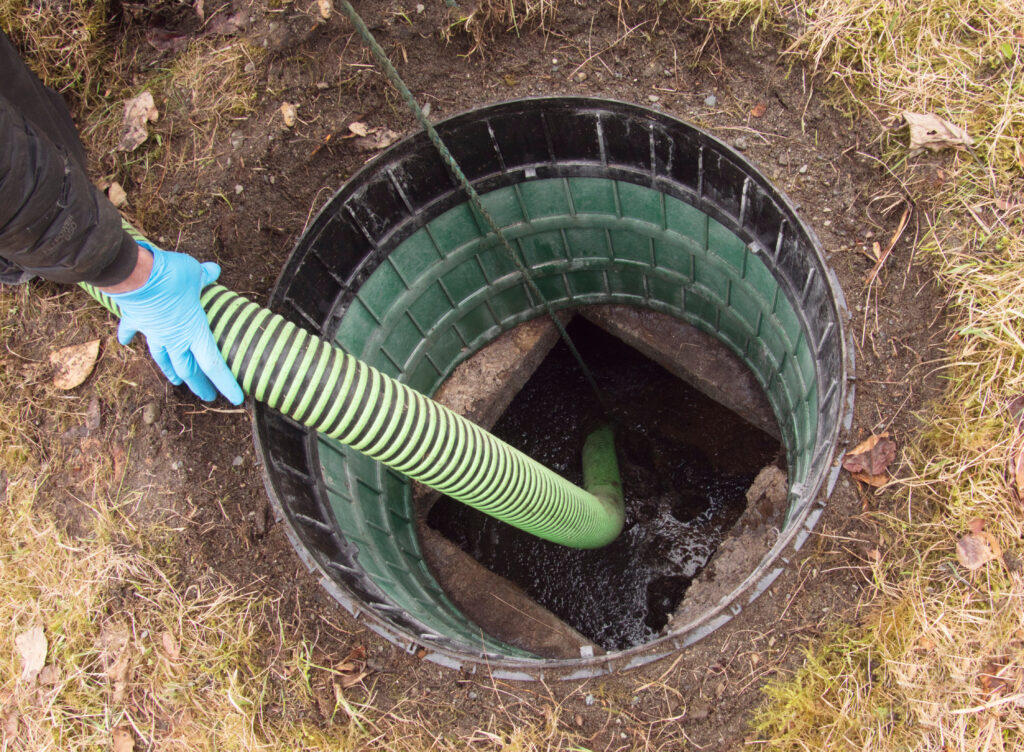
The Importance of Maintaining a Healthy Septic System
According to a study by the EPA 53% of home septic systems were found to be ill-maintained. Ill-maintained septic systems that start with minor issues can turn into septic system failures, resulting in backups and odors, leaving your customers with quite the mess to clean up and having to dip into their rainy-day funds. As a cleaning product manufacturer, your ability to provide your customers with reliable septic system maintenance demonstrates your commitment to help prevent problems, earn their trust, and save them money. Like household appliances that require maintenance, septic tanks are no exception. Neglecting to maintain a residential or commercial septic tank can lead to sewage odors around the septic tank or drainfield, as well as sewage back-up through toilets, drains, and sinks. Maintaining your customers’ septic systems can include a microbial-based solution such as Bacillus which will help to continuously break down and remove solids and odors to help prevent septic system failures. Treatment with Bacillus-based bacteria will increase overall bacterial activity in the community and help to digest the excess organic material that can lead to clogs, backups, and odors. Septic systems are constantly accumulating new organic material and new members to the microbial community that […]

The Importance of Maintaining Synthetic Grass
The rising demand for artificial grass and turf has led to thousands of installations across America, with over a thousand more being added annually.² Schools, municipalities, and businesses are increasingly adopting artificial grass and turf as a sustainable solution. However, it is common for unwanted contaminants and odors to accumulate on artificial grass and turf from various sources such as oil and grease from vehicles and equipment, debris, waste from animals, and more. Regardless of the type of activity occurring, owners want to ensure their artificial grass and turf are maintained. The importance of synthetic grass maintenance is becoming increasingly relevant to your customers in the industrial and institutional market. Artificial Grass vs Turf: What’s the Difference? “Artificial grass” and “turf” are often used interchangeably, but they have minor differences². Both names refer to different types of synthetic grass³. Typically, the pristine grass fields seen in residential or commercial landscaping applications, big club stadiums, and professional sports fields are known in the industry as artificial grass. Artificial grass has longer blades, providing a more natural appearance, and is enhanced with additional cushion or infill for falls and natural ball bounce. Artificial grass may even have shock pads for players, along […]
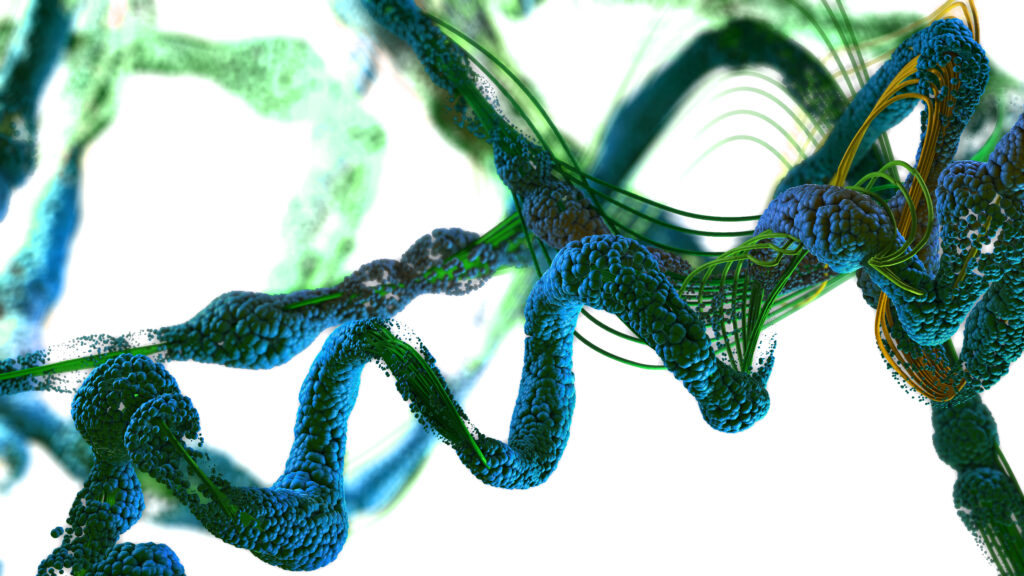
Bacillus, Distinguishing Species and Strains Part I
Bacillus Species Identification Methods: Definitions, Pros, and Cons Understanding the effectiveness of Bacillus products is easy to understand because in many cases we can visibly see the difference. But, it is hard to see what exactly makes up the product. Like most companies, you have probably asked suppliers “what species and how many strains of Bacillus do you have?” This may have been followed up with a straight answer from the supplier but you found that your lab results didn’t match up. Or, maybe you have asked that question only to be replied to with more questions. Like most suppliers, we have been asked that question many times. Seems like a simple question, right? At first glance this question appears straight-forward, but in actuality it is fairly complex. It is important to understand what contributes to the complexity of this question, why suppliers respond the way they do, and the best practices for getting an accurate answer. The Big Question: What species and how many strains of Bacillus do you have in a particular product? The Bacillus genus contains a broad range of species and strains with a wide variety of physiologic capabilities; this is precisely what we love about […]
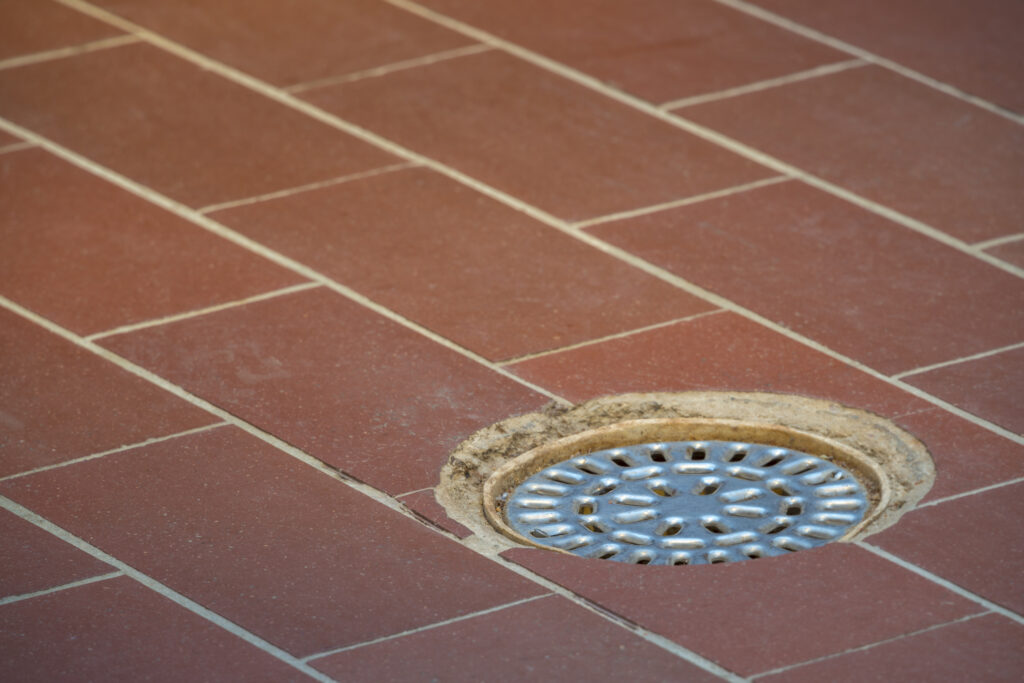
Fats, Oils and Grease: Bacillus vs. The Alternatives
What do many commercial, residential, industrial and institutional facilities all have in common? If you said a door, you’re technically correct; but for the purpose of today’s article the correct answer was Fats, Oils and Grease (FOG)! All of your customers facilities have drains, and drains are sought-after hosts for FOG. FOG commonly builds up in pre-rinse stations and dishwashers, compartment sinks, mop sinks, floor drains, floor sinks and trough drains. The accumulation of FOG can be caused by a multitude of different sources; lubricating oils, road construction, cooking, and more. Regardless of the cause, FOG causes costly problems when left untreated. With FOG as a leading cause of drain and sewer backups, a high-quality product that gets rid of fats, oils and grease should be a staple in your Industrial and Institutional product line. The infographic below illustrates the benefits of a high-quality bacteria-based treatment solution against the alternatives, the problems associated with harsh chemicals or leaving the problem untreated. MDG specializes in providing Bacillus concentrate products to manufacturers in the I&I industry. With a foundation in research and development, MDG excels in the isolation, characterization and fermentation of Bacillus. Our SporActiv™ line contains a combination of Bacillus strains […]
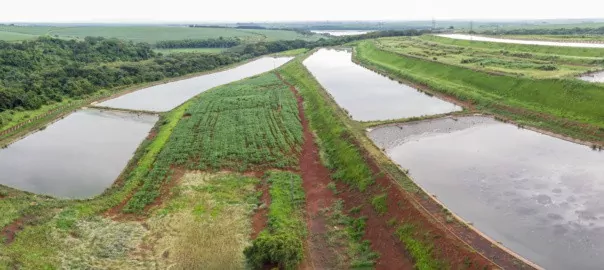
Kickstart Spring Wastewater Treatment with Bioaugmentation
Spring is a time of revitalization, especially for the microbial communities in wastewater systems. Microbial activity increases as temperatures rise, and the transformation of these communities as they adapt to the temperature change can cause various issues for system operators. Getting ahead of these challenges doesn’t have to be difficult, though. With MDG’s expertise in Bacillus-based bioaugmentation treatment, you can successfully deliver powerful, cost-effective solutions to your customers. Discover why springtime can exacerbate some common wastewater problems, and find out how MDG’s Biotifx® bioaugmentation products can help. Sludge and FOG: The Visible Challenges Fats, oils, and grease (FOG) and sludge tend to accumulate and cause system backups if not removed. Before the real heat of summer sets in, it’s a good idea to take advantage of spring’s transitional weather and find locations where FOG and sludge buildup might be an issue. Helping your customers identify and treat those areas can set them up for success in the months ahead. Plus, when you become one of our distribution partners, you’ll have access to application-specific guides that make it easy to understand where and how to treat. H2S and Odors: The Invisible Challenges Climbing temperatures can have an unwanted effect on the […]
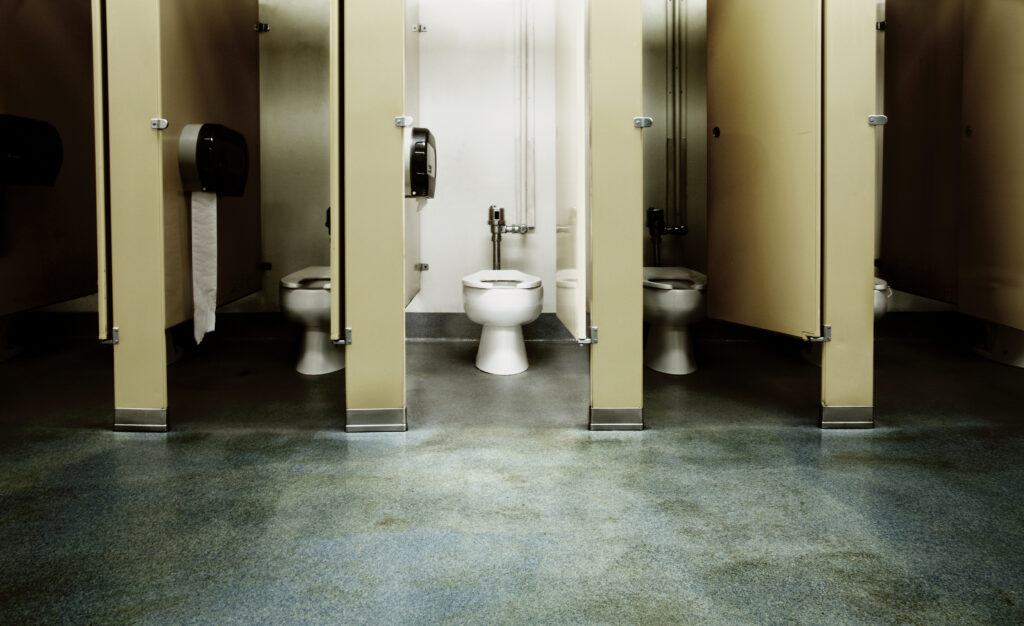
SporActiv® Bacillus Reduces Odor Caused by Uric Acid
Unlock the secret to a fresh and clean bathroom experience for your customers with MDG’s SporActiv® Bacillus. What is Uric Acid? Uric acid, one component found in urine, forms a solid crystalline salt residue that can build up on bathroom surfaces over time. This buildup can be difficult to remove and trap unwanted odors. With the help of SporActiv® Bacillus products, you can help stop the problem. Backed by our Real Science, Trusted Process, and Proven Success, SporActiv® Bacillus is effective in breaking down uric acid, paving the way for a cleaner, more hygienic space. SporActiv® Bacillus Research At MDG, Real Science matters; it is our foundation. Discover the science behind SporActiv® Bacillus and its ability to persist on surfaces, continuously metabolizing uric acid long after application. Our findings, highlighted in our research document below, showcase the superior performance of SporActiv®. Ready to transform your customers’ bathroom maintenance routine? Get in touch with one of our experts to learn more about microbial based cleaning solutions. CONTACT US
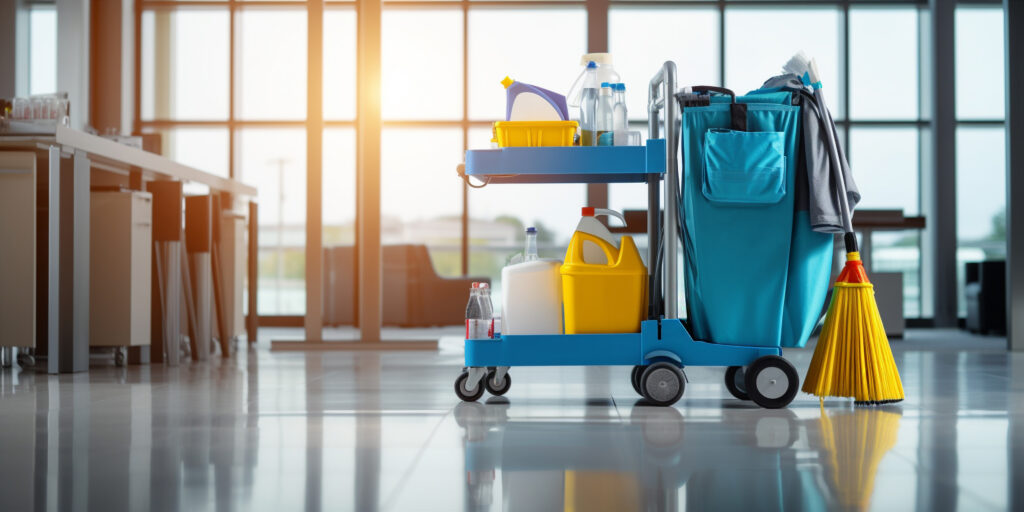
Clean Ingredients for Cleaning Products
Over the past decade, clean ingredient incentive groups worldwide have taken a hard look at manufacturers of products used for Industrial, Institutional, and Consumer (IIC) cleaning and the environmental impact these products elicit. Many commodity ingredients of the past decades have experienced a great deal of scrutiny and limitation in use as of late. Some of these may look familiar: Nonylphenol ethoxylates Phthalates Harsh caustics and acids Phosphates Harsh chemicals Silicates Solvents These are just a handful of types of ingredients that were formerly used in abundance but now have experienced restrictions by many environmentally conscious agencies. Manufacturers and distributors in the IIC sector are grappling with finding environmentally friendlier alternatives to these ingredients. There is a need for cleaning ingredients with a lower bioburden, to bridge the gap between the effective products of yesterday, and the cleaner products of tomorrow. Amidst the increasing restrictions on ingredients used in cleaning products, Bacillus has emerged as a unique and effective solution. To say that “Bacillus is biodegradable” is a gross underestimation of the power of Bacillus. Bacillus is the “Biodegrader”, excelling at addressing stains by digesting and eliminating organic materials at their source. In formulating cleaning products, it is worth considering laws and regulations regarding […]